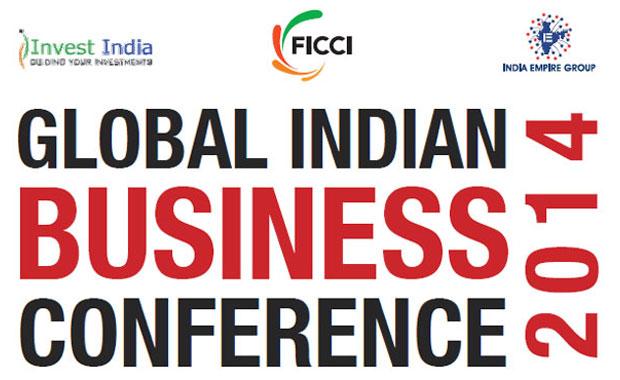Global Indian business conference 2014

 Mr. Pathak dwelt on the importance for the private sector to invest in city infrastructure and in offering civic facilities and on the importance of the government in creating infrastructure using municipal money in giving out existing services to the private sector. On pension funds financing infrastructure projects, he said Indian pension funds should be investing in the primary financing of Infrastructure and foreign pension funds should invest in the secondary financing of infrastructure as there is guaranteed return with the latter.
Mr. Pathak dwelt on the importance for the private sector to invest in city infrastructure and in offering civic facilities and on the importance of the government in creating infrastructure using municipal money in giving out existing services to the private sector. On pension funds financing infrastructure projects, he said Indian pension funds should be investing in the primary financing of Infrastructure and foreign pension funds should invest in the secondary financing of infrastructure as there is guaranteed return with the latter.
Mr. Agarwal said several benefits have accrued with the introduction of the public-private partnership model in infrastructure financing as it has helped in better competitive commercials and also in better management resources. Mr. Agarwal added that such a model is more efficient and involves better utilisation of monetary resources.
Dr. Rao said take-out financing is a method of providing finance for longer duration projects of about 15 years by banks sanctioning medium-term loans for five to seven years.
 Infrastructure projects in developing countries such as India are perceived as highly vulnerable to risks and that perception puts a constraint on financing. Some of the notable risks that need to be reckoned with are the risks arising during the period of construction leading to time and cost over-runs, operational risks, market risks, interest rate risks, foreign exchange risks, payment risks, regulatory risks and political risks. Good investment option in SEZ’s, airports, power, value added services Ms. Jain, while moderating the session, informed that India has a need for $1 trillion in the infrastructure sector and highlighted the absence of a vibrant market. She said that globally pension funds account for 40% of the infrastructure financing market, but in India it is as low as 6%.
Infrastructure projects in developing countries such as India are perceived as highly vulnerable to risks and that perception puts a constraint on financing. Some of the notable risks that need to be reckoned with are the risks arising during the period of construction leading to time and cost over-runs, operational risks, market risks, interest rate risks, foreign exchange risks, payment risks, regulatory risks and political risks. Good investment option in SEZ’s, airports, power, value added services Ms. Jain, while moderating the session, informed that India has a need for $1 trillion in the infrastructure sector and highlighted the absence of a vibrant market. She said that globally pension funds account for 40% of the infrastructure financing market, but in India it is as low as 6%.











Comments.